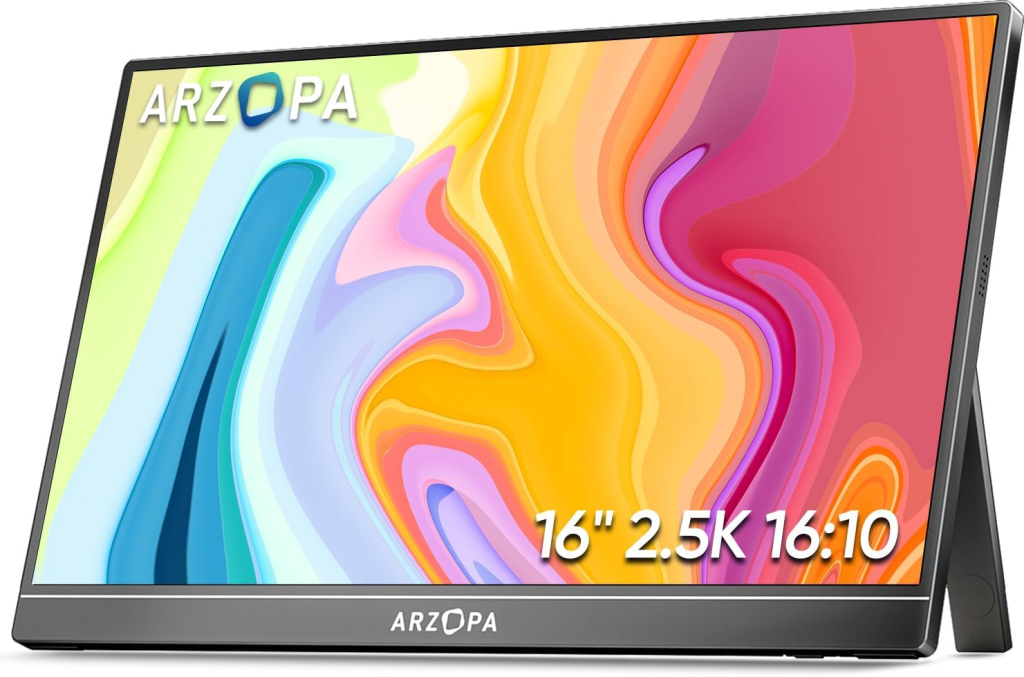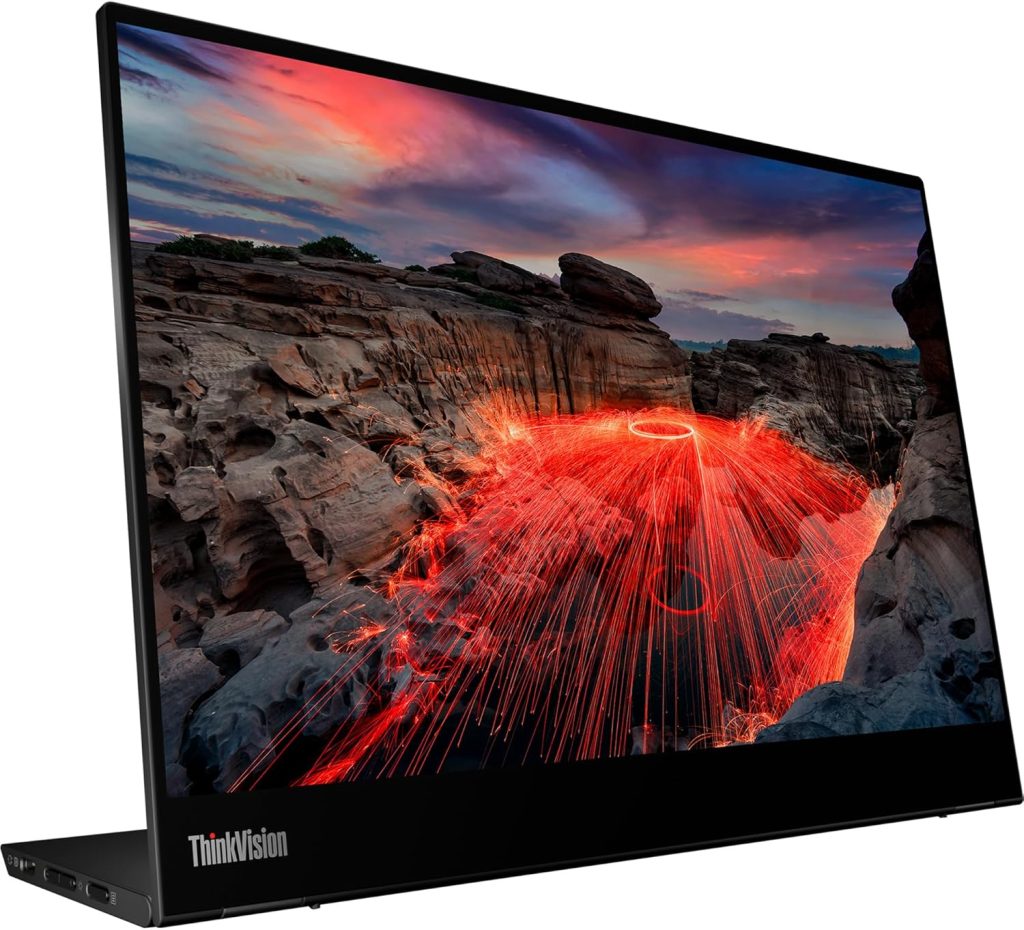When hitting the road with tech gear, the question arises: are portable monitors worth it? Balancing portability and functionality is key for travelers seeking to replicate their desktop setup on the go. As someone who’s navigated cramped hotel desks and shared living spaces, I’ve tested whether these slim screens deliver on their promise—or if they’re just another travel hassle.
The Case for Portable Monitors
Modern portable monitors, like models from ViewSonic, ASUS, and Lenovo, pack full-sized functionality into frames slim enough to slide into a standard messenger bag. Most weigh under 2 lbs and offer 1080p IPS displays with brightness levels matching office monitors, making them ideal for remote work. Brands like Arzopa and Innocn even offer OLED portable monitors for vibrant color accuracy, while gaming-focused options such as 144Hz ASUS ROG models cater to on-the-go players.
Setup is typically plug-and-play: USB-C portable monitors draw power and data from a single cable, compatible with laptops, smartphones, and even gaming consoles like the Xbox Series S or PS5. For MacBook Pro users, specific models like the Best Portable Monitor for MacBook Pro (2025 Picks) optimize for Apple’s ecosystem, while USB Type-C connectivity ensures universal compatibility.
Options for Every Use Case
Based on TechRadar’s 2025 list:
Arzopa Z1RC (16″ 2.5K, budget pick)

Lenovo ThinkVision M14t Gen 2 (touchscreen, 14″ 1440p)

Espresso Displays 15 Pro & 17 Pro (4K, 550 nits, touch) – top pick for Mac users

Trade-Offs to Consider
No device is perfect, and portable monitors have their drawbacks. The Arzopa A1 Gamut Slim I tested ($100-$150) exemplifies this: its 15.6-inch anti-glare screen impressed with clarity, but the flimsy magnetic cover/stand wobbled at the slightest touch. Upgrading to models with built-in kickstands (like the AOC portable monitor or KYY portable monitor) solves stability issues but adds cost.
Bulk is another concern. A 17-inch portable monitor, while immersive, may strain backpack space, whereas 13-15 inch options strike a better balance. Battery-powered models exist but often sacrifice brightness, and some users report “portable monitor no signal” issues with non-standard cables—easily fixed with a reliable USB-C to USB-C cable.
Unexpected Perks Beyond Travel
Portable monitors shine beyond travel. As a remote worker sharing space, I’ve repurposed my Arzopa as a secondary screen at the kitchen counter, avoiding office congestion. For Mac mini or MacBook Air M2 users, a portable second monitor transforms compact setups into productivity hubs. Gamers, too, benefit: the 4K portable gaming monitor options deliver console-like experiences on the road, though the “portable monitor for Xbox” niche remains limited compared to laptop-focused models.
Alternatives to Consider
If portability is paramount, laptop monitor extenders like Mobile Pixels’ Duex Plus attach directly to your screen, eliminating extra bulk. Tablets with Sidecar (iPad) or Duet Display offer flexibility but at the cost of screen real estate. For tight budgets, the MNN portable monitor or Innocn portable monitor under $100 provide basic functionality, though durability varies.
Final Verdict
So, are portable monitors worth it? For frequent travelers or anyone craving dual-screen productivity without a desktop, yes—especially if you prioritize models with sturdy stands and USB-C connectivity. The Arzopa A1 Gamut Slim works for budget buyers, but investing in the best portable monitor for your needs (OLED, gaming-focused, or Mac-optimized) pays dividends. Just remember: the right case (like a portable monitor case for 15.6-inch screens) is as essential as the monitor itself.
Need help choosing? Explore our guides to portable monitor stands or the best portable monitor for MacBook Air to find your perfect match.

Leave a Reply